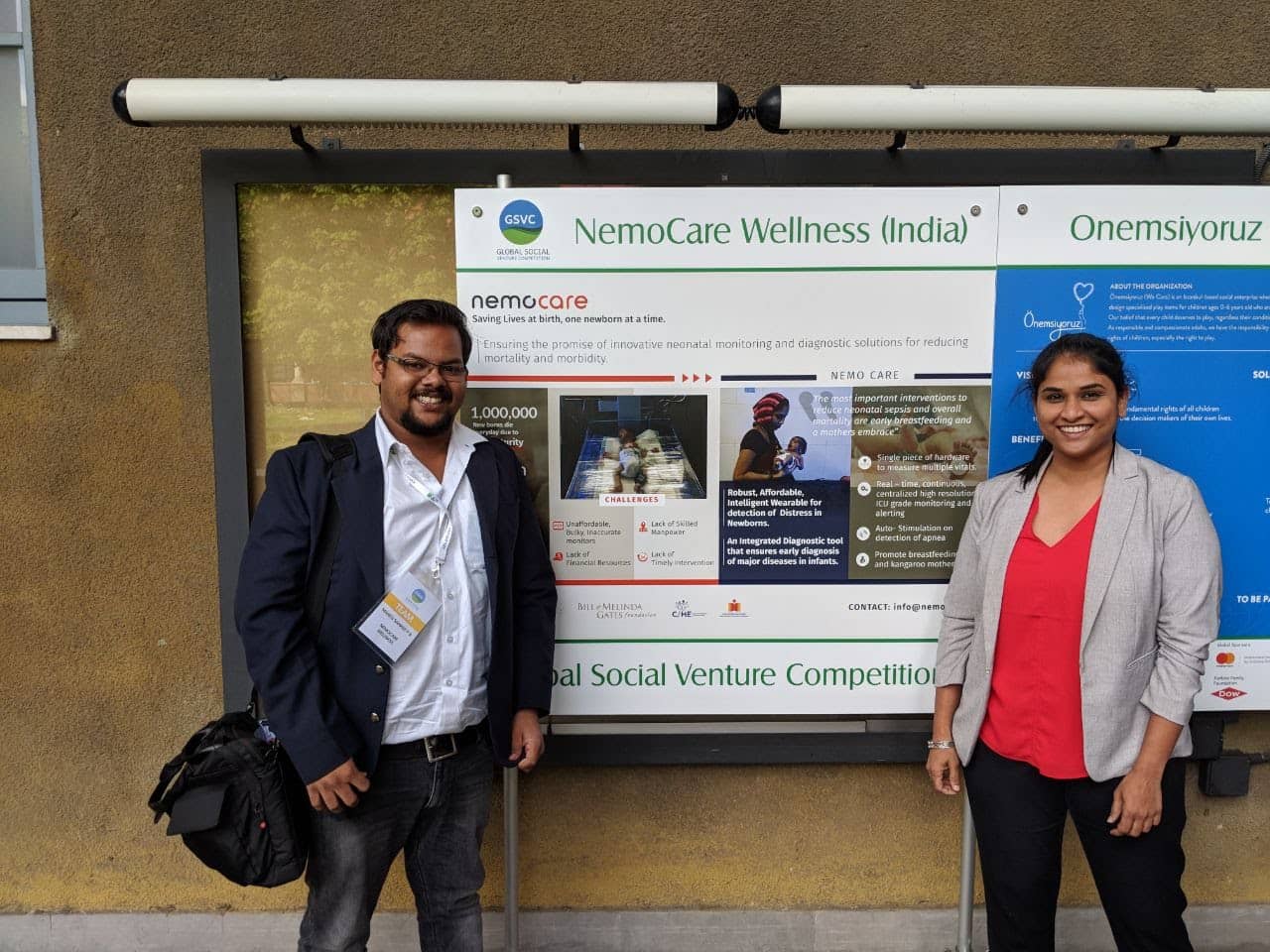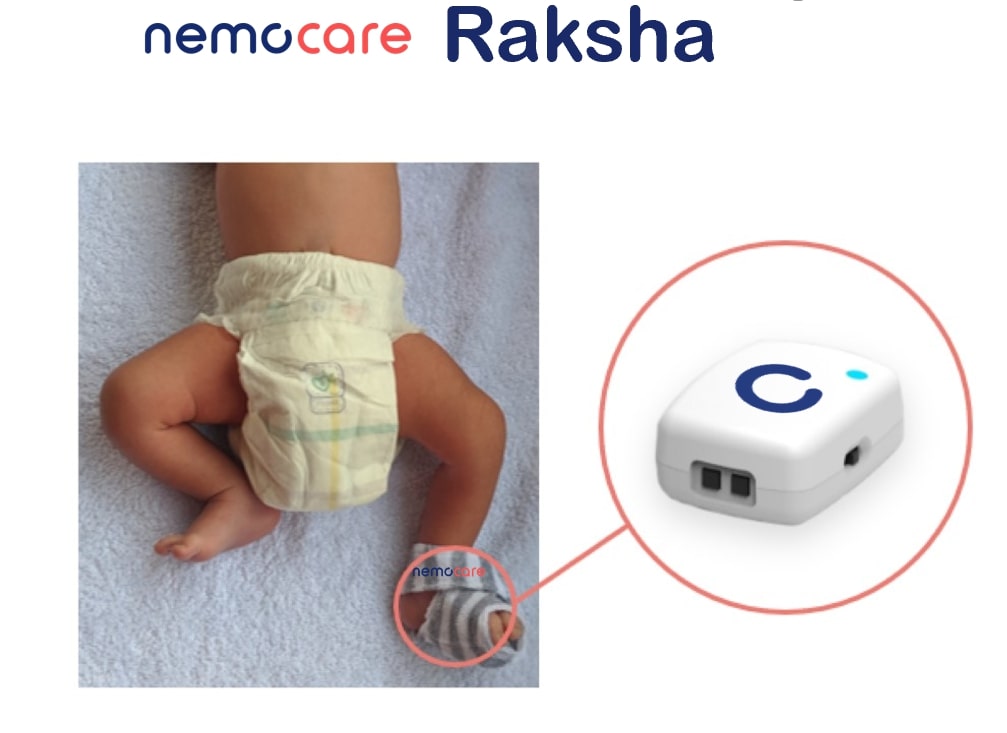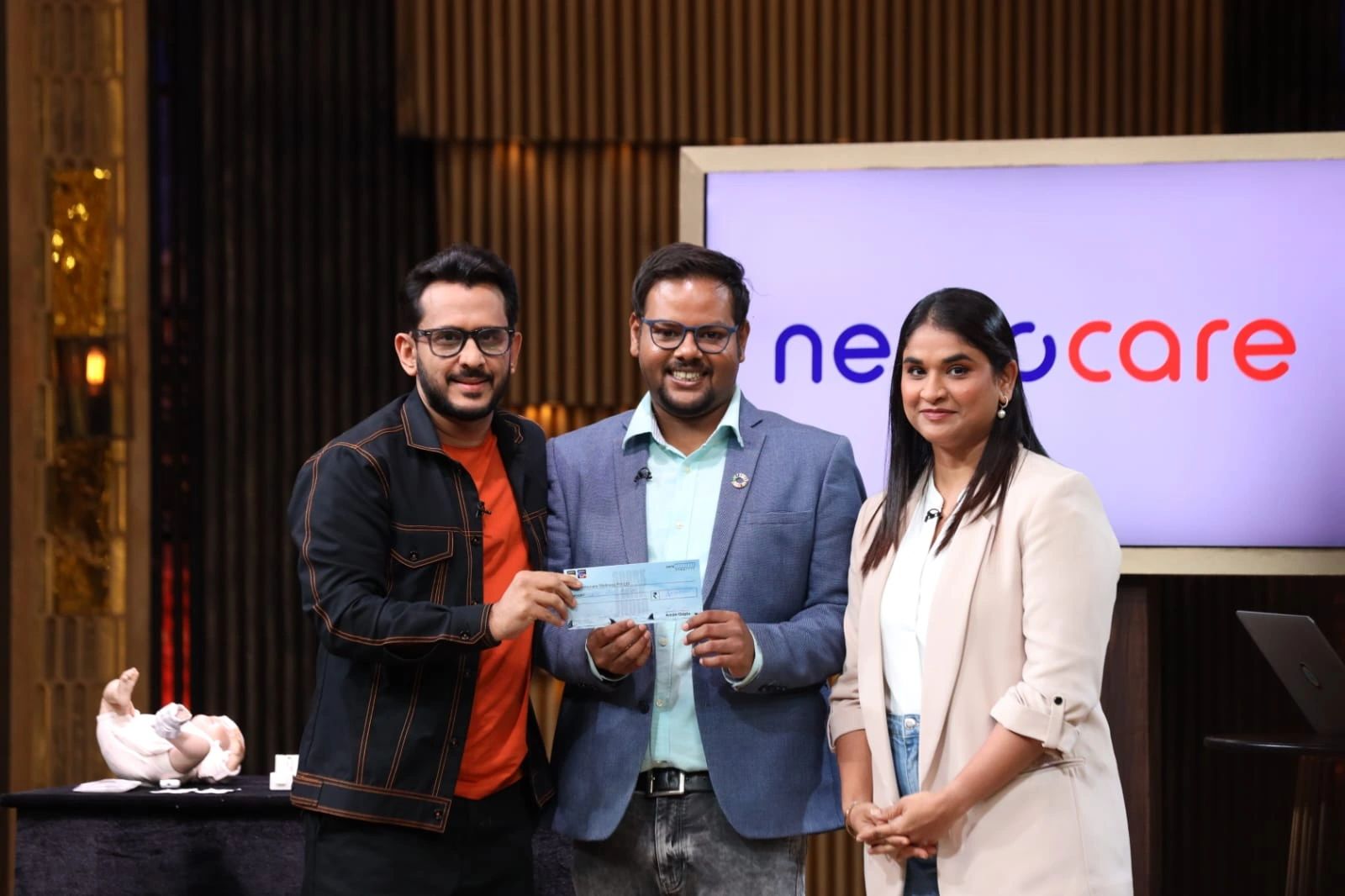[ad_1]
Supriya (title modified) gave start to her child lady at 32 weeks in a small city in Tamil Nadu. Her husband is an electrician whereas she works as a contract labourer. Her child was born in a neighborhood hospital which couldn’t present the satisfactory care required to observe and safeguard her.
The infant had hypothermia for the primary few weeks of her life.
The docs recommended that the couple take the infant to the closest district authorities hospital for higher care and a spotlight. The closest hospital with a Particular New child Care Unit (SNCU) was three hours away, and the infant must be transported in an ambulance. The couple borrowed cash from household and associates as they have been decided to offer one of the best care attainable for his or her valuable child.
After staying in an incubator for nearly 45 days, their child lady, Kavya, is a thriving toddler at the moment. This, nevertheless, got here at an enormous monetary price for the couple, because it included their journey and keep.
Two years later, they’re nonetheless repaying this cash.
Tears roll down the younger mom’s face as she recounts these 45 days of getting to be away from her daughter and the emotional pressure it precipitated her.
“I may see her solely throughout sure occasions of the day after I was known as in to breastfeed her. Simply seeing this tiny human with so many gadgets connected to her was harrowing; to say the least,” she shares.
Within the neighbouring state of Karnataka, Manoj Sanker noticed his mother and father undergo an analogous trial when their second son was born untimely. He recounts seeing his center class household going above and past to make sure that he acquired one of the best remedy. Years later, when 32-year-old Manoj had to consider a startup thought in healthcare, neonatal care was his first alternative.
Pratyusha Pareddy hails from a household of docs and grew up in a family the place healthcare was dinner desk dialog. After finishing her engineering, the 37-year-old did a masters diploma in Industrial and Product Design from the Nationwide Institute of Design.
Throughout a undertaking at NID, she learnt about how design may transcend past aesthetics and be used to create a distinction. She wished to make use of her designs to create impression and enhance lives on the grassroot stage.
The duo shared a typical imaginative and prescient of utilizing know-how and design to construct options for essentially the most weak inhabitants, i.e. infants.

The 2 engineers launched Raksha, a wearable gadget that screens important parameters of a new child and helps nurses and docs present well timed intervention via their medtech startup NemoCare Wellness.
Launched in 2022, this gadget has helped over 20,000 newborns thus far.
On a mission to cut back new child mortality
The World Well being Organisation (WHO) launched a report known as ‘Born Too Quickly: Decade of motion’ in Might 2023. In response to this report, India recorded the very best variety of preterm births — 3.2 million — in 2020. Virtually 1 in 10 infants born is preterm, and the neonatal mortality price is 24.9 per 1,000 reside births, in line with NFHS-5 (2019-21).
Step one to enhance new child survival is to offer important new child care to establish and deal with excessive threat newborns. This consists of early initiation of breastfeeding, skin-to-skin contact (kangaroo mom care), well timed intervention, amenities with particular new child care items, amongst others.
The hole which Pratyusha and Manoj discovered throughout their fellowship in 2016 on the Centre for Healthcare Entrepreneurship, IIT-Hyderabad, was in neonatal care, significantly of their monitoring gadgets.
“We wished to create one thing impactful to save newborns, who’re essentially the most weak. We felt that know-how and help may play an enormous position on this section,” says Manoj.
They did an in depth six month scientific immersion the place they shadowed docs and visited completely different hospitals in Telangana throughout their fellowship.
“Throughout the immersion course of, we tried to know the issues confronted by docs, nurses, and gauge the gaps within the system. We got here throughout a number of untimely infants who have been tremendous weak. There was an acute scarcity of monitoring gadgets or any type of help mechanisms for the nursing employees and the healthcare employees, particularly within the authorities amenities,” Manoj tells The Higher India.
After their discipline visits, the duo spoke to varied stakeholders and labored on constructing an answer with their experience in engineering and design. Whereas there was an acute hole of monitoring gadgets, the infrastructure the place such an answer may very well be carried out was prepared.
They instantly began constructing their resolution, and the primary prototype of Raksha was prepared and examined earlier than they even graduated in 2017. They adopted it up by launching Nemocare Wellness in July 2017.
A tool that may save a new child’s life
The NemoCare Raksha gadget is fitted on a child’s foot like a wise sock, explains Manoj.

“The gadget captures important parameters of the infant, the center price, respiration price, physique oxygenation and physique temperature. Different key vitals that assist a physician, together with the center price variability and perfusion index, are additionally tracked. These assist a physician/nurse establish if a child is doing fantastic,” provides Manoj.
This gadget is linked wirelessly to a central platform that helps a nurse monitor infants and alerts when a child is distressed. This data is paired with a pill or dashboard via an software. The complete arrange of the gadget, together with a bedside pill, coaching is given by the corporate.
“This important data is relayed on the show and pushed on the cloud and central monitor which helps a healthcare supplier monitor 40-50 infants in a single shot,” he provides.
This solves the issue confronted in most authorities and smaller hospitals of useful resource constraints and likewise helps in distant affected person monitoring. It supplies ICU grade monitoring even when the infant is with the mom, offering a bonus of Kangaroo mom care as nicely.
With preliminary grants from the Invoice and Melinda Gates Basis, the entrepreneurs began testing their merchandise and developed completely different prototypes over 4.5 years, earlier than they launched the ultimate product 18 months in the past.
They performed preliminary research at non-public hospitals like AIG Hospital, Kamineni Hospitals, and at authorities hospitals like Niloufer Hospital in Hyderabad. After this, they examined their gadget in hospitals throughout Karnataka, Tamil Nadu, Maharashtra and Punjab.
Their purpose is to make sure that their product supplies each child the proper remedy on the proper time the world over.
“Our thought is that at any time when infants the world over, regardless of their financial standing and background, want healthcare, our gadget ought to be capable of present the suitable intervention. It ought to attain all hospitals the world over,” says Pratyusha.
At present, the founders have recognized three avenues of sale. The primary is to authorities settings via CSR (Company social accountability), second to small and mid-sized nursing properties, and the third to massive non-public hospitals.
“For presidency hospitals, we offer a bundle of merchandise, which embody 5 gadgets, chargers, a pill for every gadget, and a central monitor if the hospital doesn’t have one already. If they’ve a monitor, we share the credentials that can be utilized to see the info,” explains Manoj.
Small and medium-sized nursing properties aren’t charged for the gadget, however for each child monitored.
“These hospitals don’t pay for the gadget, however cost the affected person Rs 600 per child. The patch, which must be modified as soon as each 2-3 days, prices Rs 200. The hospitals cost the sufferers as per their paying capability, which is often lower than 10 % of the entire supply price,” provides Manoj
Every gadget can be utilized for as much as 200 occasions in a yr, is rechargeable, reusable and comes with a patch that retains it clear. Every child will get a brand new patch.
To the big company hospitals and boutique maternal and little one care centres, they plan to cost the whole price per gadget.
Thus far, they’ve helped monitor over 20,000 neonates and presumably saved their lives.
The duo are actually engaged on constructing an AI platform for neonatal items, with grants from BIRAC (Biotechnology Trade Analysis Help Council) , ICMR (Indian Council of Medical Analysis Division).
“This platform will assist predict when a new child goes to fall sick and any long run issues he/she could face. Whereas the wearable is an actual time drawback fixing gadget, the platform will discuss developments and the longer term well being of the infant, predicting no matter is completed manually at the moment. It’ll additionally work as a choice help instrument for docs,” says Manoj.
NemoCare Raksha additionally has plans of going international. The founders have utilized for a US FDA approval as nicely.. The gadget has two granted Indian patents and a US patent round enterprise administration.
“We additionally plan to make use of our international earnings to avoid wasting infants in India. For each gadget offered to a western viewers, we plan to speculate $5in India,” shares Manoj.
As a part of their fundraising for his or her AI platform, they raised Rs 1 crore on Shark Tank India Season 3 from Aman Gupta.

So, what’s their finest reminiscence?
“I discovered my goal as a human and an engineer on the primary day of our trial in a hospital. After I noticed a tiny life getting impacted by our product, it was one of the best feeling on the earth. Seeing a child getting one of the best care attributable to a product you created is what retains us going,” smiles Manoj.
When you discovered our tales insightful, informative, and even simply satisfying, we invite you to think about making a voluntary cost to help the work we do at The Higher India. Your contribution helps us proceed producing high quality content material that educates, conjures up, and drives optimistic change.
Select one of many cost choices beneath on your contribution-
By paying for the tales you worth, you instantly contribute to sustaining our efforts centered on making a distinction on the earth. Collectively, let’s be sure that impactful tales proceed to be instructed and shared, enriching lives and communities alike.
Thanks on your help. Listed here are some steadily requested questions you would possibly discover useful to know why you’re contributing?


Edited by Padmashree Pande, Photos Courtesy Manoj Sanker
[ad_2]